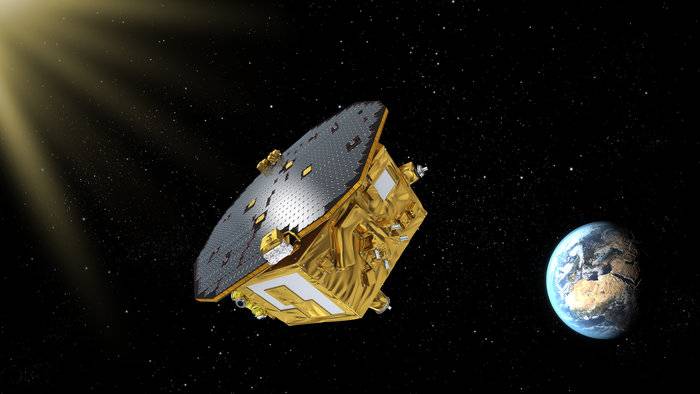In 1905, Albert Einstein put forth the theory that E=MC2 . This was his theory of Special Relativity, in which he showed mass-energy equivalence, and that space and time are not independent but in fact are intertwined as four dimensional spacetime. But contrary to popular opinion, E=MC2 is not the equation that rules the Universe. That honour goes to another more complicated one.
Einstein wanted to expand his theory to include gravity, which he could not do because according to the Special Relativity spacetime was flat. This led to the development of General Relativity (GR) in 1915.
It has been a hundred years since Einstein proposed GR, stating that spacetime was curved due to the presence of massive bodies, which change this curvature as they move. This successfully explained and predicted additional physical phenomena, which would be later confirmed through experimentation. For a century this theory has passed every test.
One prediction of GR has been elusive however. That is, the direct proof for gravitational waves - ripples or fluctuations in the fabric of spacetime – caused by accelerating masses – which transport energy as gravitational radiation. While they have been observed indirectly before, there has never been a direct detection of these waves.
So, to mark the centennial of this piece of genius, the European Space Agency (ESA) - the same one that landed a space craft on an asteroid last year – is upping its game. It is launching the LISA Pathfinder to test the technologies for detecting gravitational waves in space. Here is what LISA is going to do according to ESA: "it will put two test masses in a near perfect gravitational free fall, and control and measure their motion with unprecedented accuracy". The aim of this exciting feat of engineering is to test the potential of building a gravitational wave space observatory in space.
Thinking of what these future space observatories will be able to do is the stuff of science fiction. They will be able to explore our Universe to such far distances and time that we will be able to get information about the "distribution of matter and formation of cosmic structure a mere 100 million years after the Big Bang" according to ESA. Another exciting thing the study of these as yet elusive waves may lead to, is the discovery of new celestial bodies and even new phenomena.
LISA was meant to be launched today, December 2, 2015. However, a technical issue has required for the launch to be postponed and it is now scheduled for December 3, 2015. This terribly exciting event will be telecast live and can be watched here.
Go watch it. It will be better than anything else you will be watching that day.






